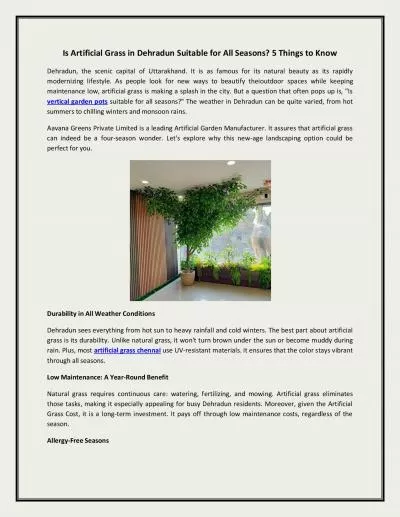PDF-Things to KNOW, Things to DO
Author : olivia-moreira | Published Date : 2016-06-19
Office of the High Representative Least Developed Countries Landlocked Developing Countries and Small Island Developing States UNOHRLLS TABLE OF CONTENTS About the
Presentation Embed Code
Download Presentation
Download Presentation The PPT/PDF document "Things to KNOW, Things to DO" is the property of its rightful owner. Permission is granted to download and print the materials on this website for personal, non-commercial use only, and to display it on your personal computer provided you do not modify the materials and that you retain all copyright notices contained in the materials. By downloading content from our website, you accept the terms of this agreement.
Things to KNOW, Things to DO: Transcript
Download Rules Of Document
"Things to KNOW, Things to DO"The content belongs to its owner. You may download and print it for personal use, without modification, and keep all copyright notices. By downloading, you agree to these terms.
Related Documents


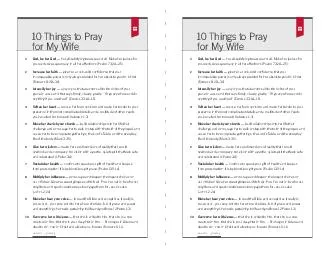

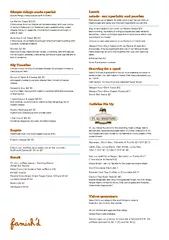
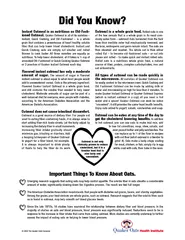


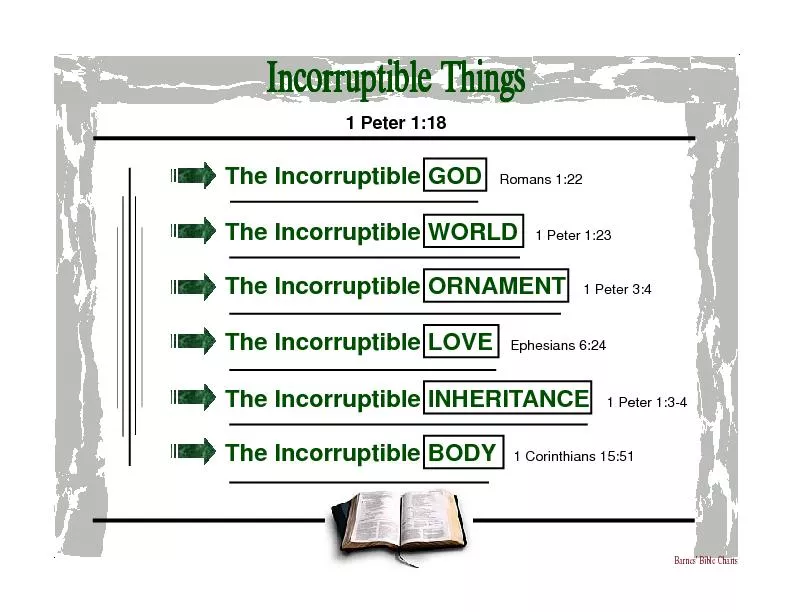



![[DOWNLOAD] - 50 Things to Know About Preparing for College: Tips and Secrets for College](https://thumbs.docslides.com/906989/download-50-things-to-know-about-preparing-for-college-tips-and-secrets-for-college-success-50-things-to-know-college.jpg)

